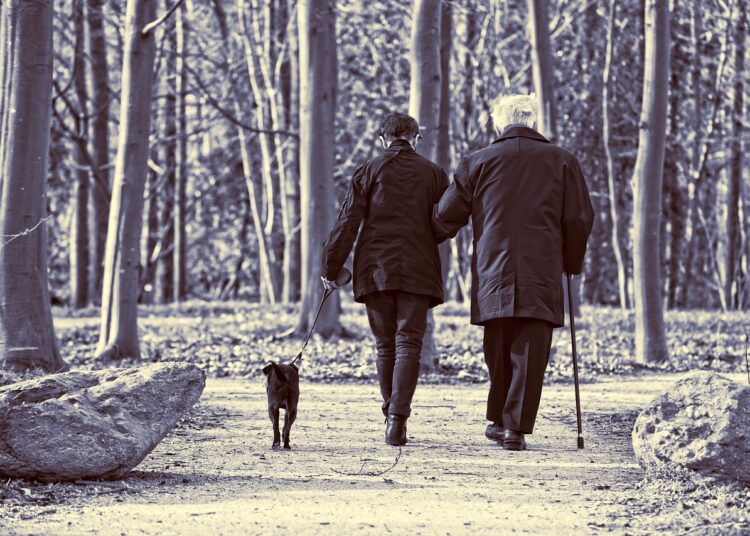Last updated on April 21st, 2020 at 10:33 am
In a time of pandemic, in which we are increasingly seeking to understand what makes for better health, the impact of marriage and family cannot be ignored. Much research has already demonstrated the benefits of marriage—married people live longer, are healthier, and have fewer depressive symptoms than their unmarried, widowed, or divorced/separated peers. But a new study seeks to understand the relationship between marriage and a key component of living well in old age—physical capability.
The British researchers highlight that while much research already exists on the impact marriage has on both physical and mental health, few studies explore the association between marriage and physical capability, defined as “the capacity to undertake the physical tasks of daily living” and “a key indicator of healthy ageing, not specific to a particular disease or condition.”
To better understand this relationship, the team of researchers mine data from both the U.S. and U.K., specifically from the English Longitudinal Study of Ageing (ELSA) and the US Health and Retirement Study (HRC). Two specific measures of “physical capability” were assessed: grip strength and walking speed, with an “exposure of interest” of marital status (distinguishing between first and subsequent marriages).
After measuring for a number of covariables (including age, sex, ethnicity, work and parental status, and socioeconomic status), the researchers discerned some clear patterns. In men, “widowed and never married men in ELSA had a weaker grip strength than men in their first marriage. . . . In HRS all groups of unmarried men had a weaker grip strength than men in their first marriage.” Much of this difference is attributable to the better socioeconomic position of married men compared to their widowed or unmarried peers (marriage also has a significant impact upon wealth accumulation). Among women, the results were similar, although “[a]mong women in both ELSA and HRS there was not as much variation in grip strength among the different marital statuses as among men.” Interestingly, “Remarried men had relatively stronger grip strength than remarried women, whilst widowed and never married women had relatively stronger grip strength than their male counterparts.”
For walking speed, the researchers found that “all unmarried men had a slower walking speed than men who were in their first marriage, in both surveys.” Again, socioeconomic status either largely or partly explained these differences. For women, “unmarred women in both ELSA and HRC had a slower walking speed than women in their first marriage, and the addition of the socioeconomic measures, primarily wealth, attenuated this association.”
Overall, the researchers deduced, “an association was found between marriage and physical capability at mid to later life, with those who were unmarried displaying poorer physical capability than their counterparts who had remained in their first marriage.” The researchers close by suggesting, “The importance of wealth in explaining much of the poorer physical capability among older unmarried people suggests that increases in access to economic resources available to unmarried people may help to maintain physical capability and independent living at older ages.”
In other words, in the absence of strong family support systems, the state once again is forced to step in to equalize experiences for older American and British adults.




















Discussion about this post